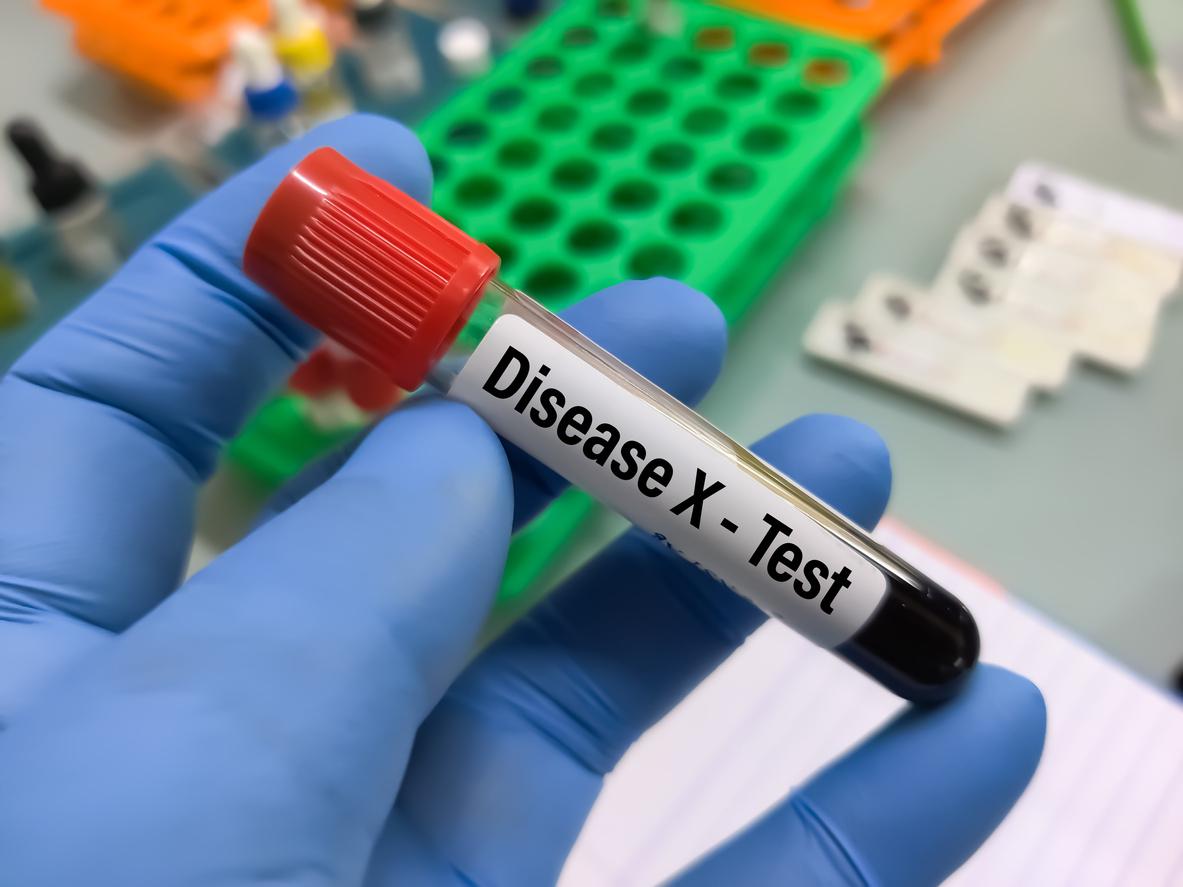Like Celine Dion, Lynda Lemay suffers from an ENT disorder, called “tubal open bite” or even Eustachian tube disease. She confided in it with Closer magazine, explaining that the consequences of this pathology were “disabling”. What are tubal dysfunctions and how are they explained?
The Eustachian tube is a tube that allows the ear and the nose to communicate, this is where the ventilation of the middle ear takes place. The latter “breathes”, that is to say that it needs the air that penetrates it to be renewed, because it consumes the oxygen. Now, if the Eustachian tube is not working properly, “the air is not sufficiently replaced in the middle ear and the pressure decreases. The eardrum is then aspirated inwards and the patient describes sensations of auditory discomfort without any real loss of hearing.
This dysfunction, we all know it more or less: when we go too deep under water or when we take the plane and our ears are blocked, it is this mechanism that explains it. In the case of singer Lynda Lemay, it isa tubal open bite, i.e. the Eustachian tube opens unexpectedly. When this little tube can’t do its job, a whole host of symptoms can ensue.
What are the symptoms of Eustachian tube disorders?
There may be pain, the feeling of having the ears under pressure, clogged. But it can also affect our perception of sounds, we can hear less well, have tinnitus, the feeling of breath inside the ear, or even hear buzzing. Or still suffer fromotophony, which is defined as hearing one’s own voice resonate in one’s ear canal. Another symptom described by Lynda Lemay, dizziness.
What are the possible causes of tubal disorders?
There are various causes for Eustachian tube dysfunction. The latter may be obstructed at one end, the mucous membranes lining it may suffer from inflammation. But it can also be explained by a problem with toning the muscles that allow it to open and close, the air is therefore not correctly distributed, which has an impact on the pressure felt. Hormonal imbalances can also lead to changes in the functioning of the Eustachian tube.
THE MSD Manual also explains thatan infection, a scar, or a tumor can modify the functioning of the Eustachian tube.
Diagnosis and treatments
To diagnose problems related to the Eustachian tube, it is necessary to consult an ENT, who will carry out otoscopy, examination of the ear canal and eardrumto define what is responsible for the disorder.
On the treatment side, several options are possible in the event of Eustachian tube dysfunction. First, simply good nasal hygiene, aimed at decongesting the OR pathwaysL at most. In the event of responsible allergies, appropriate medication can be prescribed, the same in the event of infection, specifies the site of the University of Michigan, Michigan Medicine. It is also possible in certain situations to go through surgery.
Sources: Closer, MSD Manuals, University of Michigan.


















